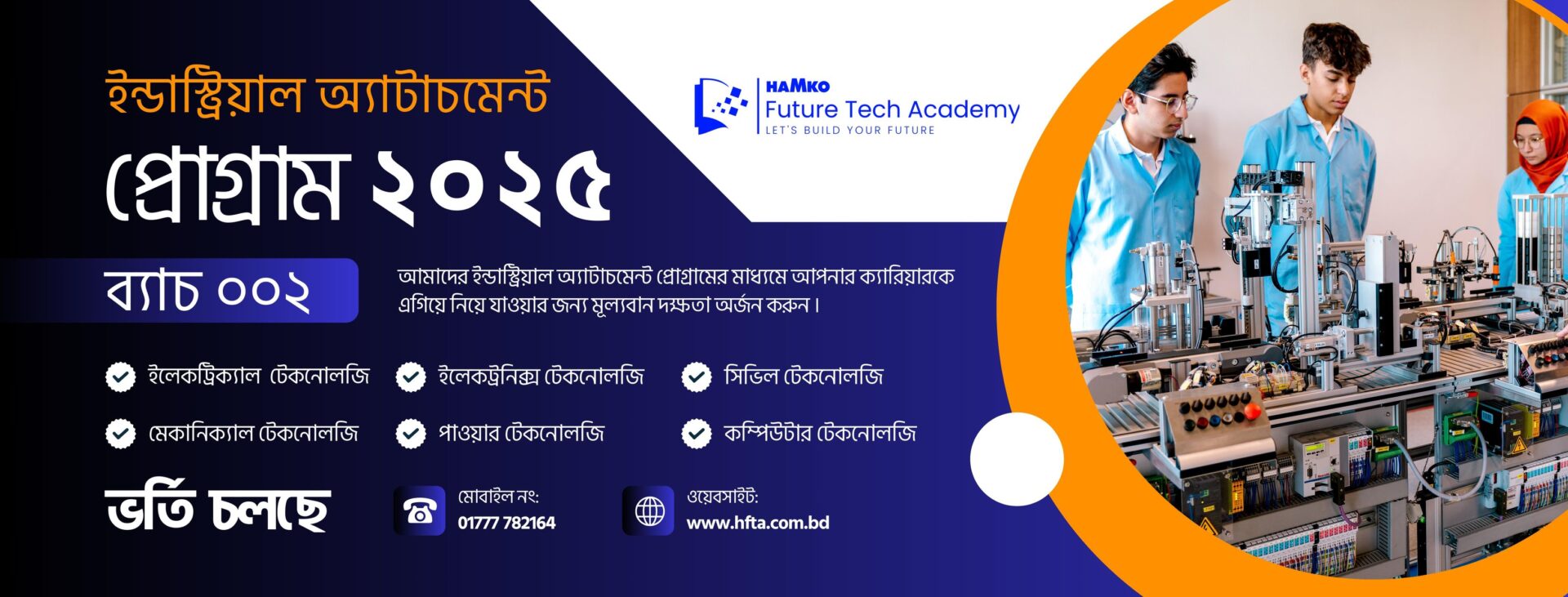The HTC One E8 was a mid-range Android smartphone that was released in 2014. It was the plastic version of the HTC One M8, which was released earlier that year. In this article, we’ll take a closer look at the design, features, and specifications of the HTC One E8.
Design
The HTC One E8 had a similar design to the HTC One M8, but with a plastic body instead of metal. It had a 5-inch 1080p display with a resolution of 1920 x 1080 pixels. The phone was relatively slim at 9.9mm thick and was available in a range of colors, including Polar White, Misty Gray, Electric Crimson, and Maldives Blue.
Features
The HTC One E8 was powered by a Qualcomm Snapdragon 801 processor, which was considered high-end at the time. It had 2GB of RAM and 16GB of internal storage, which could be expanded via microSD. The phone also had a range of sensors, including an accelerometer, gyro, proximity sensor, and compass.
One of the most notable features of the HTC One E8 was its camera. It had a 13-megapixel rear camera with autofocus and LED flash, which was capable of recording 1080p video at 30 frames per second. The device also had a 5-megapixel front-facing camera for selfies and video calls.
The HTC One E8 had a range of connectivity options, including Wi-Fi, Bluetooth, GPS, and 4G LTE. It also had a 3.5mm headphone jack and a microUSB port for charging and data transfer. The phone had a 2600mAh battery, which provided up to 26 hours of talk time and 504 hours of standby time.
Specifications
Display: 5-inch 1080p display with a resolution of 1920 x 1080 pixels
Processor: Qualcomm Snapdragon 801 processor
RAM: 2GB
Internal Storage: 16GB (expandable via microSD)
Camera: 13-megapixel rear camera with autofocus and LED flash, 5-megapixel front-facing camera
Connectivity: Wi-Fi, Bluetooth, GPS, and 4G LTE
Battery: 2600mAh battery providing up to 26 hours of talk time and 504 hours of standby time
Features: Accelerometer, gyro, proximity sensor, compass
Conclusion
The HTC One E8 was a mid-range smartphone that offered high-end features and specifications, including its 13-megapixel camera and 1080p display. Its plastic body made it more affordable than the metal HTC One M8, while still maintaining a premium feel. While the HTC One E8 is no longer a viable device for modern smartphone users, it was an important milestone in HTC’s history and the evolution of mid-range smartphones. If you’re looking for a reliable mid-range phone with solid specs, the HTC One E8 is definitely worth considering.






